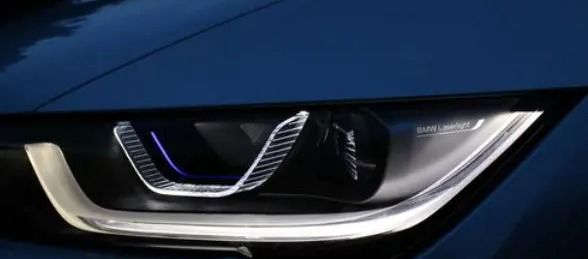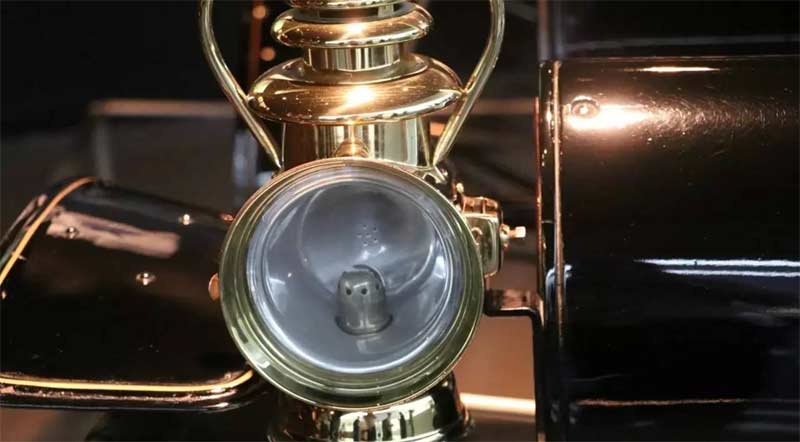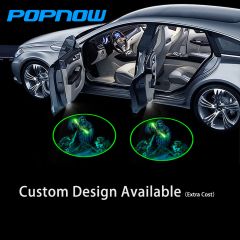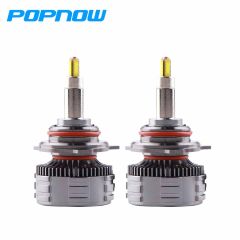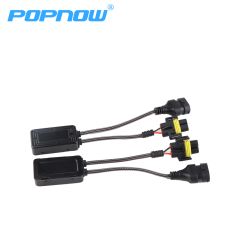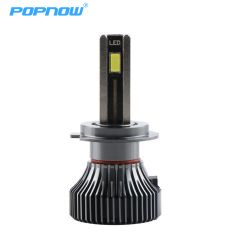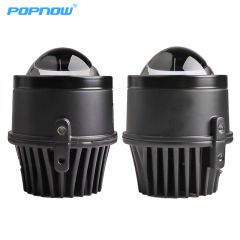Car headlights, also known as car headlights, are lighting fixtures used to illuminate the road and identify obstacles ahead when driving at night or in foggy, rainy, and snowy weather.
1、 Headlamp function:
(1) It can illuminate the road ahead, making it easier for drivers to recognize obstacles, pedestrians, and traffic signs, making it safer and more convenient to travel at night;
(2) It has an information transmission function, which can convey the driving status of the vehicle itself through the transformation of lights, effectively avoiding conflicts with other vehicles, playing a warning and reminder role, and even seeking help from other drivers through abnormal light transformation in emergency situations.
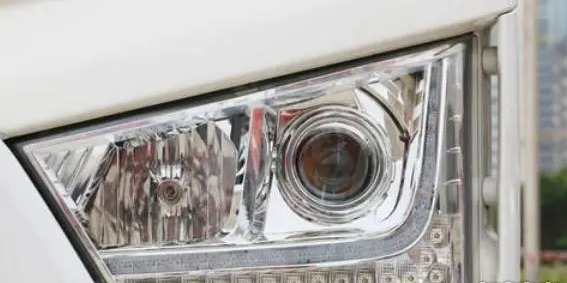
2、 The development process of headlights:
In October 1885, Karl Benz, a German, developed the world's first true car. Although the vehicle's main components were fully equipped, it did not have headlights installed.
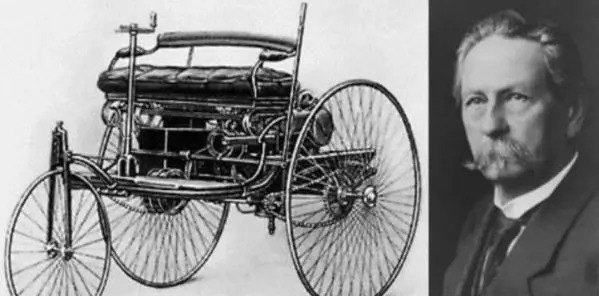
In 1887, a driver got lost in the darkness while driving a car. Fortunately, he ran into a farmer with a hand held lamp and was able to safely return home. As a result, the household portable lamp became the first car headlight.
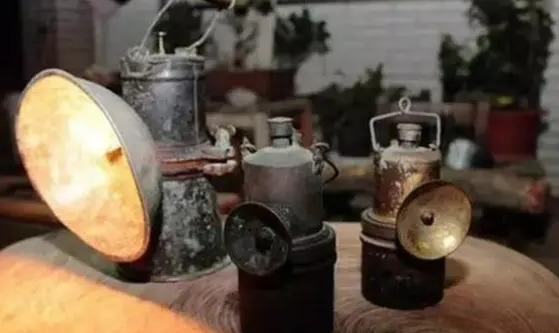
First generation: acetylene headlights
The development from the earliest acetylene headlights to today's reflective headlights with lenses has spanned about 120 years, during which automotive headlights have roughly undergone five generations of development.
In 1909, acetylene gas was first used as a light source for automotive headlights and continued until 1925. Acetylene is a combustible gas generated by the chemical reaction between calcium carbide in the car lamp and water. When acetylene burns, the flame is relatively bright, and it was widely used as a headlamp lighting fixture at that time.
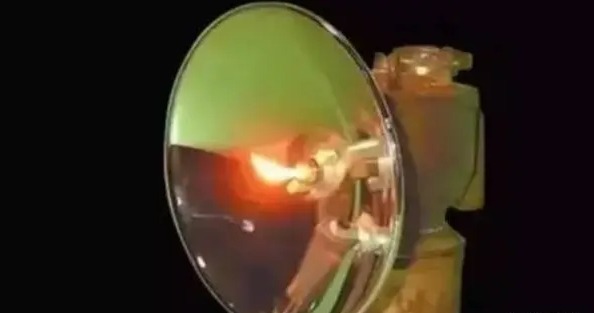
Second generation: incandescent headlights
In 1913, spiral tungsten filament was used as the filament for incandescent light bulbs. Cadillac cars in the United States used this type of bulb to make headlights, ushering in the era of automotive electrical lighting. However, it was not until 1925 that all factory cars used electrical lighting. Incandescent lamp is the first true "electric lamp" used for automotive lighting. It uses electricity to heat the filament to an incandescent state and emit light. Its birth marked the beginning of the era of electrical lighting for automotive headlights. However, at that time, the on-board electrical equipment was still very outdated, and the widespread application of incandescent headlights was very slow.

Third generation: halogen headlights
In 1964, the French company "Spey" produced the first batch of halogen tungsten bulb headlights, which had a longer lifespan and higher brightness than traditional headlights and successfully replaced ordinary incandescent lamps.
Halogen lamps are an advanced version developed from ordinary incandescent lamps, and their appearance greatly extends the lifespan of tungsten filament lamps.
Halogen lamps inject halogen gas into the bulb, and after the tungsten wire is electrified, the evaporated tungsten wire reacts with the halogen gas to generate tungsten halide, allowing the evaporated tungsten to condense back onto the tungsten wire, thus avoiding premature breakage of the tungsten wire and extending the lifespan of the bulb. Early halogen lamps still had various problems such as insufficient stability. Since then, with the continuous technological improvement of halogen lamps, they have been used to this day. At present, the majority of mid to low-end cars still use halogen lamps as their headlights.

Fourth generation: HID xenon lamp
HID (High Intensity Discharge Lamp) refers to a high-pressure gas discharge lamp. Xenon lamps can replace halogen headlights in the following aspects:
(1) The light color is pure, has a wide range of colors, and has a high color temperature. Its color is similar to the color of noon sunlight, which is more suitable for the visual perception of the human eye. This type of light is used for night lighting of vehicles, which helps to alleviate the tension and fatigue of drivers while driving.
(2) The normal working power is small, only about 35W, but the luminous flux is large, and the service life is 10 times longer than that of ordinary halogen lamps;
(3) The xenon lamp does not suddenly turn off, so in the event of equipment malfunction, the xenon lamp can still provide illumination until it gradually dims, providing the driver with corresponding reaction time for emergency handling, increasing driving safety;
Compared to halogen headlights, the technological progress of xenon headlights is overwhelming. But the only "trouble" with xenon lamps is the need for specialized equipment to convert the vehicle power supply voltage into a stable high voltage, which is called an electronic ballast, also known as a stabilizer.
Xenon lamps have various performance advantages compared to halogen lamps, making them increasingly widely used in automotive headlights. However, the high technical requirements of stabilizers have pushed up product costs, so currently only mid to high-end cars are equipped with xenon lamps.
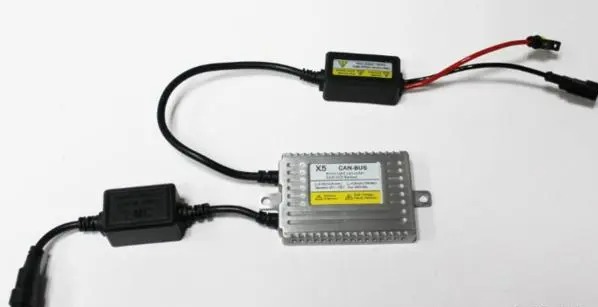
Fifth generation: LED headlights
LED, also known as Light Emitting Diode (LED), is currently the most promising new solid-state light source. LED, as a light source for automotive headlights, has many advantages such as small size, fast response, low energy consumption, flexible design, reliability, and durability.
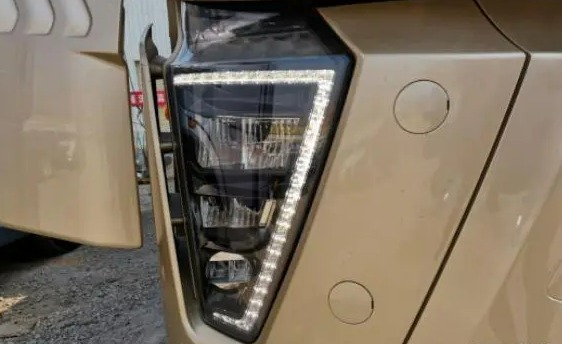
LED light source is an innovative lighting source, which is unique in that LED headlights do not have filaments, but instead use semiconductor illumination. Compared to the widely used halogen and xenon lamps, LED headlights have significant advantages in energy consumption, lifespan, efficiency, structure, and other aspects. The luminous efficiency of LED light sources can reach 20 times that of incandescent lamps. When used for automotive lighting, it also has the following characteristics:
(1) Safety:
The LED light source is powered by low voltage, and the typical voltage of the automotive power supply system is 12v or 24V, suitable for LED light sources. And the response time is extremely short, with nanosecond level response time not only suitable for high-frequency operation, but also providing more reaction time for the driver.
(2) Stable:
LED is a solid-state light source that combines physical characteristics such as shock absorption, impact resistance, and stability, fully adapting to the working environment of automotive lighting.
(3) Long lifespan:
In theory, the lifespan can reach 100000 hours, reducing the number of car lamp repairs.
(4) Convenient design:
small in size, light in weight, with a single chip area of only 3-5 mm2, allowing for more flexible placement of chips according to the body structure and assembly into various shapes. The characteristics of easy control and management can better meet the requirements of adaptive headlight system design.
(5) Colorful:
LED light sources of different wavelengths can be made by changing semiconductor materials, which can be used both inside and outside the car, and can be customized according to the needs of the car owner.
(6) Energy conservation and environmental protection:
LED production materials do not contain heavy metals such as mercury, and waste can be recycled. They have high luminous efficiency and low energy consumption, which can effectively reduce environmental pollution and improve the greenhouse effect. Against the backdrop of energy conservation, environmental protection, and low-carbon economy, LED, as the fourth generation lighting source, is applied to car headlights, effectively improving their lifespan and efficiency.
LED (Light Emitting Diode) light source, as the most widely used new solid-state light source, has advantages such as long lifespan, small size, low energy consumption, resistance to vibration and impact, fast lighting speed, flexible design, and flexible control. LED light sources have been widely used in interior lighting devices and exterior signaling devices. With the development of LED light source technology, its height and stability performance have been greatly improved, replacing traditional bulb light sources in automotive headlights has become an inevitable trend.
At present, the research and development technology of LED car headlights is almost monopolized by several major foreign lamp manufacturers such as Valeo and Haila. However, in the research and development of the core component of LED car headlights - high-power LED light source chips, there is also a significant technological gap between domestic chip manufacturers and foreign manufacturers such as Philips and Edison. Therefore, it is particularly urgent to vigorously develop China's own high-power LED chips and LED car headlight products.
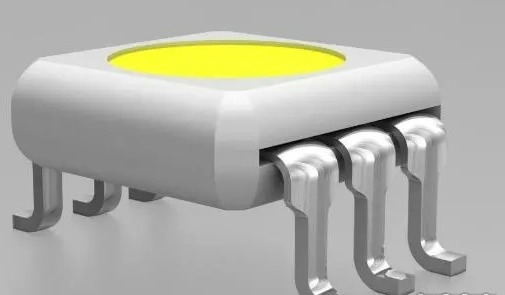
Fifth generation: laser headlights
In addition, the development of automotive headlights has not stopped, and manufacturers continue to try new technologies and develop new products. At the CES exhibition held in 2015, BMW launched an innovative laser headlight product that can achieve a maximum lighting range of 600 meters. The headlights are equipped on the concept hybrid sports car.
